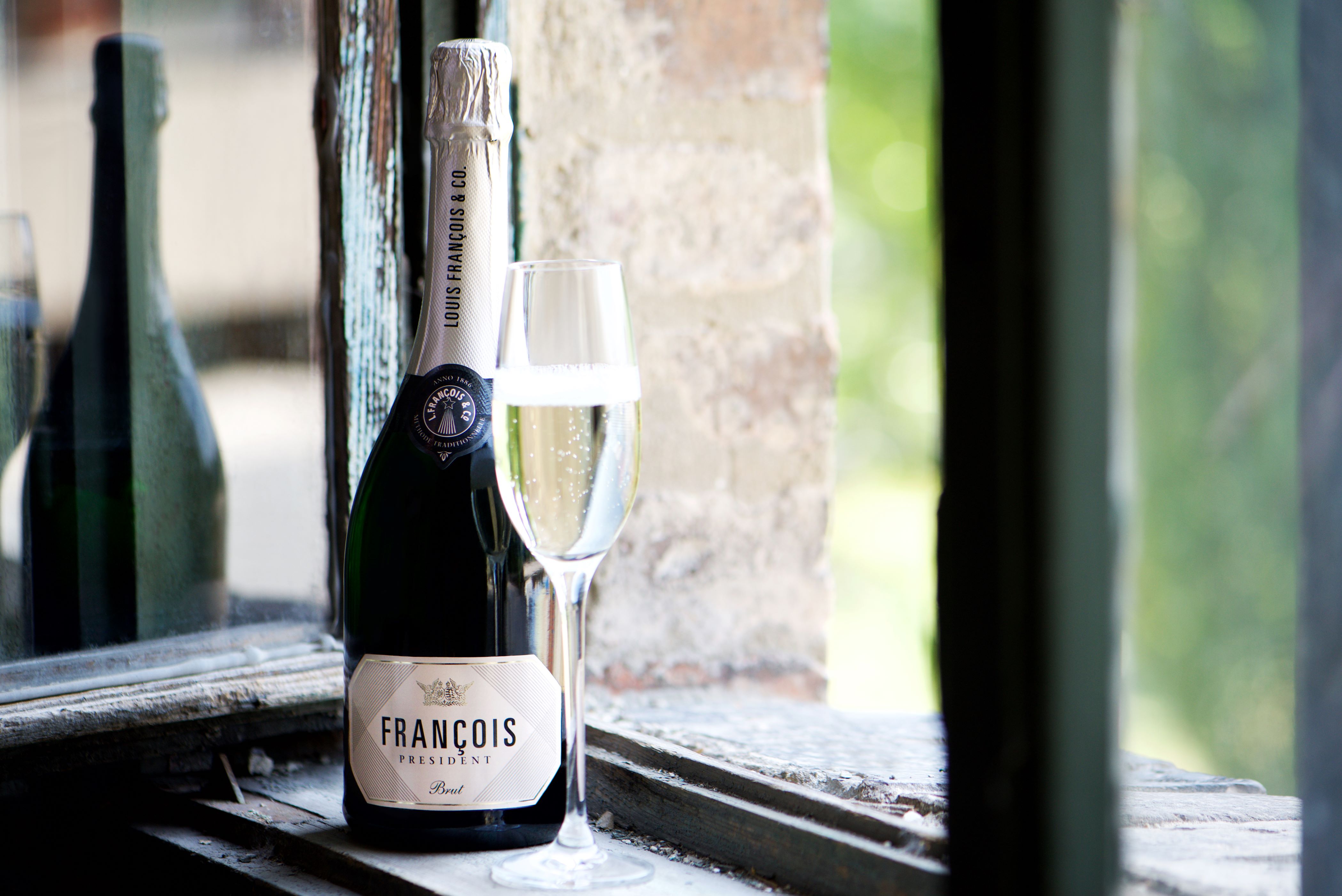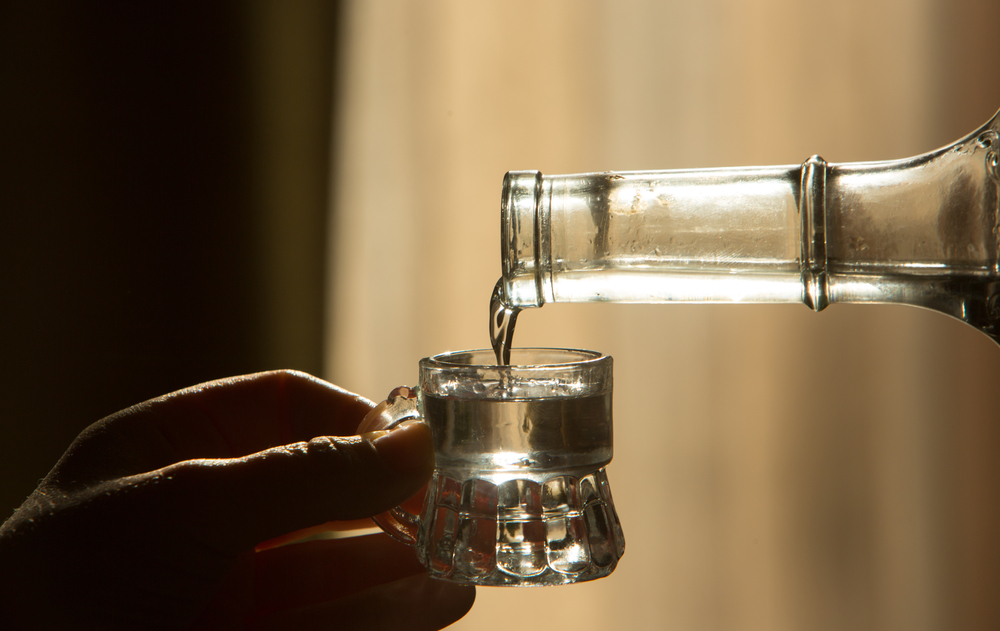Törley Fighting Hard in the Battle of the Bubblies

In late November, supermarkets and specialist wine shops alike begin to expand the shelf space dedicated to sparkling wines. Little wonder: in December sales of effervescent vino spike to between five to six times normal monthly volumes.
György Kovács
Leading the champers charge in Hungary is Törley Sparkling Wine Cellar, a company that boasts a history of nearly 140 years.
A full half-hour tram trundle south from downtown Budapest, past communist-era housing blocks, factories, wasteland and the metallic sprawl of an electricity sub-station, Budafok features on but few tourists’ itineraries.
Yet this unprepossessing suburb has a star attraction: it is the home of the Törley Sparkling Wine Cellar, producer of the country’s leading bubbly brands such as Hungaria, BB and the eponymous Törley. In total, the company produces some 22-24 million bottles of fizz annually in Hungary, of which two-thirds is consumed domestically, equivalent to a near 70% market share.
Yet after limited, if steady growth of 2-4% since 2014, sales in volume terms dipped slightly last year compared to 2017. True, this weakness was obscured by revenues, which inched upwards almost 1% to HUF 19 billion as a minority of consumers switched to higher-priced, bottle-fermented products.
This is, nonetheless, a trend which György Kovács, chairman of the Törley board, both recognizes and encourages, having already jettisoned its own bottom-shelf brands more than a decade ago.
“This shows us very clearly that the consumers [...] want higher quality,” he told the Budapest Business Journal in an interview.
Kovács takes heart from exports, which account for about one-third of sparkling wine sales.
Champion of Canada
“Our Hungaria Grande Cuvée Brut is the market leader in sparkling wine in Quebec. We are very proud of this. Imagine, a brand with the name Hungaria, a sparkling wine produced here in Budafok, in the French-speaking region of Canada!”
Törley also has significant sales in Sweden and the Nordic countries, the Baltics and Vietnam, and is making inroads into China, Kazakhstan and Nigeria.
But building export markets is slow and expensive, and with intense competition from rivals, many well-financed and capable of sustaining a long-haul struggle, Kovács is understandably anxious to protect and expand his all-important domestic market.
The company has always stressed the need for high-quality vineyard management, replanting between 20-30 hectares of vines every year. Recently, it has also paid heed to the growing demand for organic wines by beginning the transformation of an initial 10 hectares to organic standards.
“The plantation will take three years to grow. For this, the second year, we are using only plant-based pest repellants, and animal-based ingredients have been completely eliminated from our processes,” Kovács said.
Törley is also targeting niche market demands through limited-edition sparkling wine specialties created to satisfy sparkling wine connoisseurs, each with unique taste and package design.
“The key to success is that we pay close attention to every step of processing sparkling wines and wines, from the cultivation of vineyards, through harvesting and base wine handling to the filling of bottles. From the vine-stock to the consumer’s table, so to speak,” he argues.
Retail Trend
Meanwhile, on the retail front line, the recent experience of Spar Hungary exactly mirrors that of Törley, with the total market stalled, but a small, if growing trend towards higher quality products.
“Last year, sparkling wines delivered flat sales compared to 2017. We realized a slight decrease in volume, compensated by higher price points,” Márk Maczelka, Spar’s communications leader said.
Indeed, he believes an increasing customer appreciation of the finer characteristics of upper-shelf sparkling wines is probably the key to future growth.
“We expect customers will be more and more conscious [regarding quality]. We also expect that consumption will be more general, and not just at Christmas and New Year’s eve,” Maczelka said.
Looking from the outside, British wine writer David Copp credits Törley with making big strides in the early years after privatization, but appreciates that the increasingly intense competition makes additional gains that much harder to achieve.
“Törley, for me, was an amazing story because they understood the market and how to be successful. It all started with good wine. These things don’t change, and if the vineyards are good and the wine-making team qualified, there is no reason they cannot match anyone,” he told the BBJ. “But everyone is now making sparkling. It’s a tough market.”
Bubbly Jubbly: The Törley Story in Brief
In the 1870s, a young student by the name of József Törley, a Hungarian of German descent, went to France to learn the secrets of Champagne production. He returned in 1882, and having discovered the terroir around Etyek, southwest of Budapest, to be similar to that he had encountered in France, he determined to produce a sparkling wine “better than that of Champagne.”
Judging that stone quarries at Budafok were equally ideal for the fermentation and maturation of such wines, the energetic Törley bought up the land and, together with an expert vintner invited over from France, plunged into production.
His timing was good: Hungary, having secured peace and stability after the Compromise with Austria in 1867, was developing as never before in its history. Coupled with Törley’s innovative marketing skills, production rose at a rapid rate, and, with sales booming at home and abroad, the founder rapidly became a wealthy man.
Alas, conflict, ugly politics and depression soon took their toll. World War II brought wayward bombing by the U.S. Air Force, then pillage by Red Army troops, followed by Hungary’s Stalinist era and nationalization.
Törley was privatized in 1992, snapped up for an undisclosed sum in Hungary’s great state sell-off, by Henkell & Co, itself a revered sparkling wine maker, based in Wiesbaden, Germany.
Since then, bar occasional dips caused by economic downturns, Törley has largely been on an upward trajectory, the German parent investing significant sums, along with know-how in its Budafok offspring.

SUPPORT THE BUDAPEST BUSINESS JOURNAL
Producing journalism that is worthy of the name is a costly business. For 27 years, the publishers, editors and reporters of the Budapest Business Journal have striven to bring you business news that works, information that you can trust, that is factual, accurate and presented without fear or favor.
Newspaper organizations across the globe have struggled to find a business model that allows them to continue to excel, without compromising their ability to perform. Most recently, some have experimented with the idea of involving their most important stakeholders, their readers.
We would like to offer that same opportunity to our readers. We would like to invite you to help us deliver the quality business journalism you require. Hit our Support the BBJ button and you can choose the how much and how often you send us your contributions.









